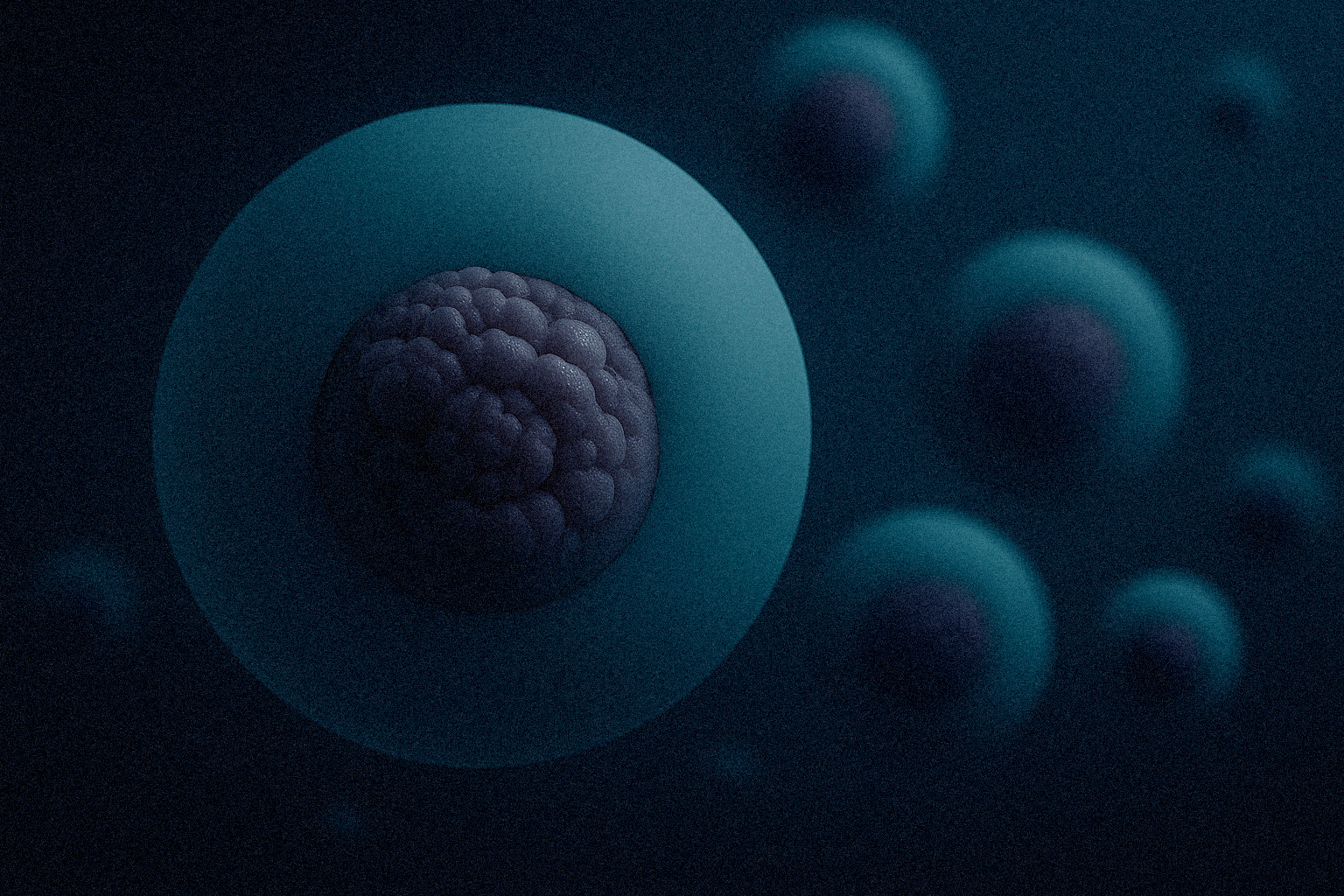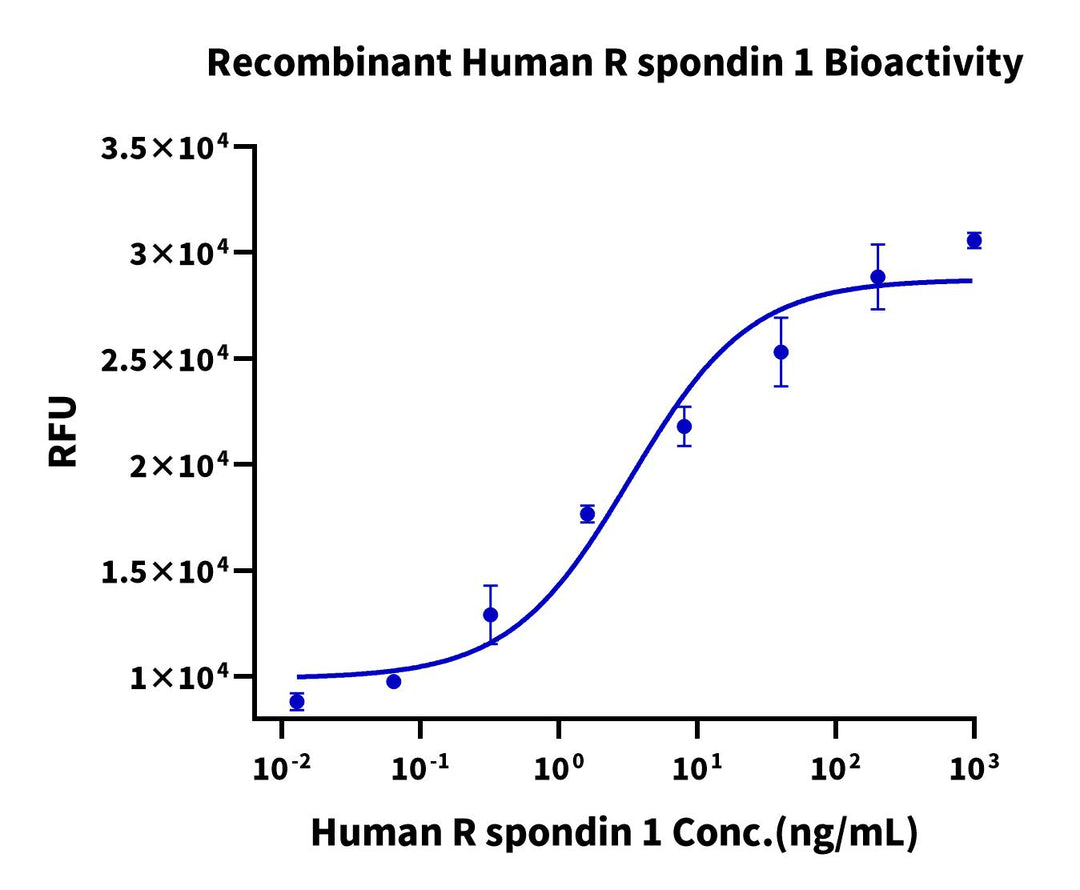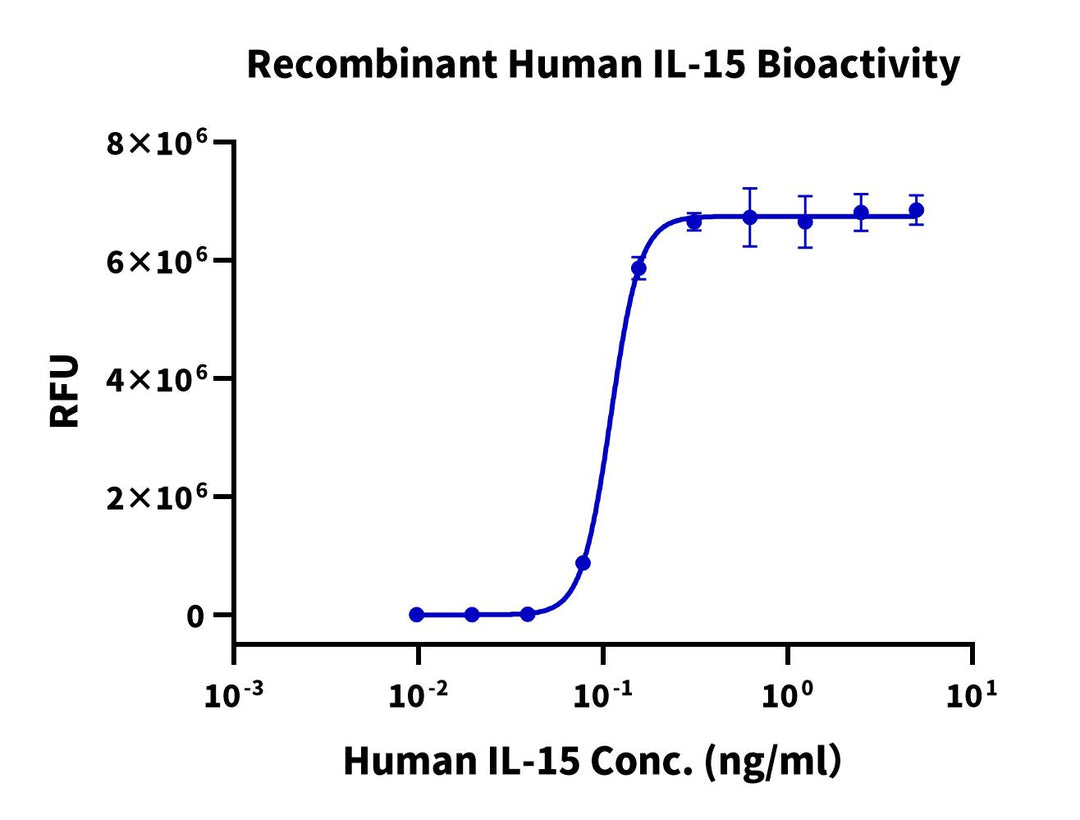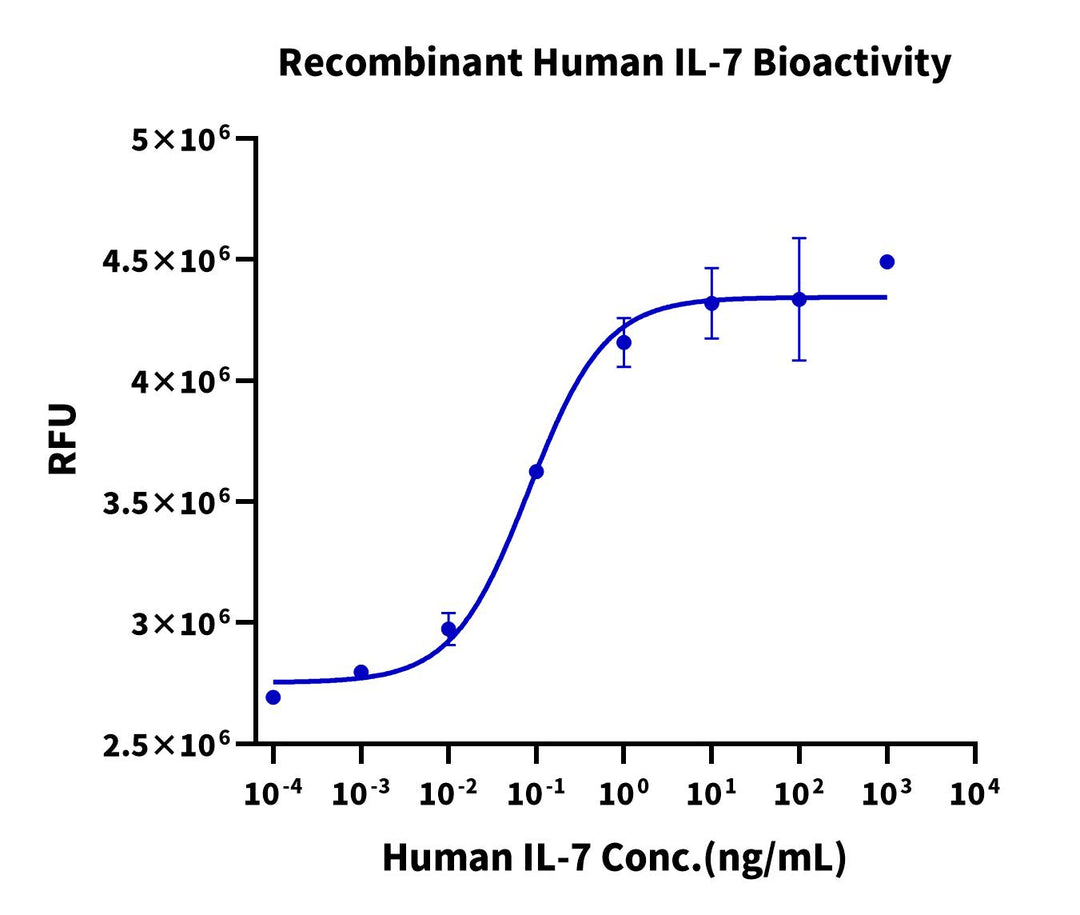Background
Cytokines are a class of low molecular weight soluble proteins with extensive biological activities, secreted by immune cells and certain non-immune cells upon stimulation. They regulate cell growth, differentiation, and responses by binding to corresponding receptors and modulating immune responses. KACTUS has developed a full portfolio of tag-free or small-tag cytokines with verified cellular-level bioactivity for various cell culture applications including stem cells, immune cells, and organoid culture.

Explore Our Comprehensive Cytokine & Receptor Catalog
We have developed a catalog selection of high-quality cytokines covering various categories, including interleukins (IL), colony-stimulating factors (CSF), and growth factors (GF). These products can be applied in organoid culture, maintenance of cell growth in vitro for immune cell therapy, and stem cell proliferation and differentiation.
Product Features
→ Greater than 95% purity
→ Proven cellular level biological activity
→ Low internal toxicity (endotoxin less than 1EU/µg)
→ Human & Mouse cytokines
→ Tag-free or small tags
Product Applications
→ Immune cell culture
→ Stem cell culture
→ Organoid culture
→ Drug development
Featured Cytokines
Product Validation Data: Cellular-level Bioactivity
Human Wnt Surrogate-Fc Fusion
Cell level experiments verified that Human Wnt Surrogate-Fc Fusion Protein can induce Topflash reporter gene activity in HEK293T cells, with an ED50 value of 5.2 ng/ml.
Human R spondin 1/RSPO1
Cell level experiments verified that in the presence of Wnt Surrogate (5 ng/mL), Human R spondin 1 Protein induced Topflash reporter gene activity in HEK293 cells, with an ED50 of 1.0-10.0 ng/mL.
Human IL-15
Human IL-15 bioactivity was measured in a cell proliferation assay using CTLL-2 cells. The ED50 was 0.1 - 0.3 ng/mL. The specific activity of recombinant human IL-15 is > 1 x 10⁷ units/mg, which is calibrated against the human IL-15 reference standard (NIBSC code: 95/554).
Human IL-7
Cell level experiments verified that Human IL-7 Protein can promote the proliferation of 2E8 cells. Bioactivity was measured in a cell proliferation assay using murine 2E8 cells. The ED50 for this effect was 0.1 - 0.5 ng/mL.
Human Activin A
Cell level experiments verified that Human Activin A Protein can inhibit the proliferation of MPC-11 cells. Human Activin A protein bioactivity was measured by its ability to inhibit proliferation of MPC-11 cells. The ED50 for this effect was less than 7 ng/mL.
Human FLT3 Ligand
Cell level experiments verified that Human FLT3 Ligand Protein can promote the proliferation of AML5 cells. The ED50 was determined by the dose-dependent stimulation of the proliferation of human AML5 cells and was < 1.0 ng/mL.
Cytokine Receptors
FGFRs
FGFR (Fibroblast Growth Factor Receptors), generally includes four types of FGFR1-4 (also known as CD331-334). FGFR is a branch of the tyrosinase receptor family, which is a type I transmembrane protein usually functioning as a dimer. Among them, the extracellular domain contains three Ig-like regions D1 (IgI), D2 (IgII), and D3 (IgIII), of which D1 and the Acidic box form an autoinhibitory region, and D2 and D3 are responsible for ligand binding (D2 and cell surface Heparan sulfate is combined, D3 has two forms of IIIb and IIIc due to alternative splicing, and only one isoform of IIIc is currently found in FGFR4). According to the number of Ig-like domains, FGFR can be divided into two forms, one is α-type, which contains three regions of IgI, IgII, and IgIII; the other is β-type, which only contains IgII and IgIII.
KACTUS has analyzed the structural differences of FGFR family proteins and successfully prepared various types of FGFR recombinant proteins, covering α and β isoforms, as well as different forms such as IIIb and IIIc, supporting the differentiated research of FGFR-targeted drugs.
TNFRS
Tumor Necrosis Factor Receptor (TNFR) proteins play a pivotal role in regulating immune responses and mediating apoptosis. These receptors, found on the surface of various cell types, bind to tumor necrosis factors (TNFs) to trigger a cascade of cellular events that can lead to inflammation, cell proliferation, or programmed cell death. At KACTUS, our high-quality TNFR proteins are expressed to ensure maximum efficacy and reliability in research and therapeutic applications. Our TNFR product line includes a diverse range of receptors suitable for studies in immunology, cancer research, and therapeutic development, providing researchers with essential tools to advance their understanding of TNF-related pathways and their implications in various diseases.
TGFBRs
Transforming Growth Factor-Beta (TGF-beta) receptor proteins are crucial mediators of cellular processes such as growth, differentiation, and immune regulation. These receptors, located on the cell surface, interact with TGF-beta ligands to initiate signaling pathways that influence a wide array of biological functions, from embryonic development to tissue homeostasis and immune responses. At KACTUS, we offer a comprehensive range of high-quality TGF-beta receptor proteins designed to support cutting-edge research and therapeutic innovations. Our TGF-beta receptors are optimized for consistent performance in various applications, including cancer research, fibrosis studies, and regenerative medicine.

Customize your protein

About KACTUS

SAMS™ Technology Platform

Quality Control
Cytokines for Cell Culture FAQs
Cytokines are signaling proteins that mediate communication between cells. In cell culture, they support cell proliferation, differentiation, and immune modulation by mimicking physiological signaling pathways.
Each product is tested in functional bioassays using relevant cell lines to ensure consistent activity. ED50 values are provided to indicate potency in dose-dependent cell-based responses.
Yes. All cytokines are quality-controlled to ensure endotoxin levels are below 1 EU/µg, making them suitable for sensitive cell culture applications.
These cytokines support a wide range of applications, including immune cell culture, stem cell differentiation, organoid development, and drug screening.
KACTUS provides tag-free or small-tag recombinant cytokines, available in human and mouse forms, with the option for custom tags or conjugation upon request.
Yes. Products like Activin A, BMP2, FGF10, and LIF are widely used in organoid and stem cell systems for maintaining pluripotency or inducing differentiation.
Yes. KACTUS offers a full selection of cytokine receptors, including FGFR isoforms, TNF receptors, and TGF-beta receptors, for studies involving signaling pathways or receptor-ligand interactions.
While current offerings are for research use only, KACTUS can provide custom services to meet GMP-like requirements. Contact us for more information on customization and compliance.
Most cytokines are supplied lyophilized and should be reconstituted per datasheet instructions. Store at –80°C in aliquots to avoid repeated freeze-thaw cycles.
To request bulk quantities or customized cytokines (e.g., with specific tags or labels), please contact our technical support team directly. We offer tailored production services to meet your research or manufacturing needs efficiently.











